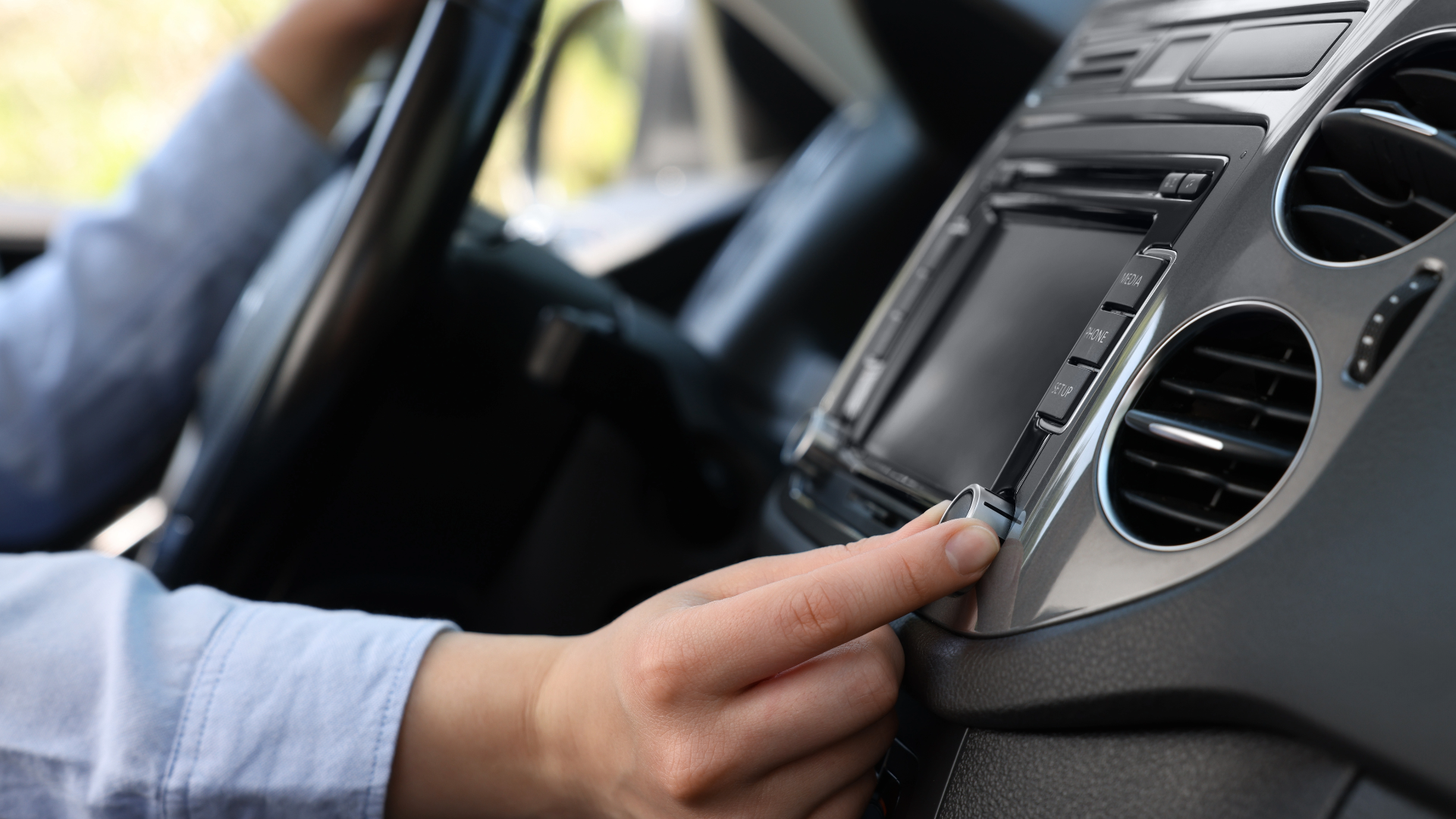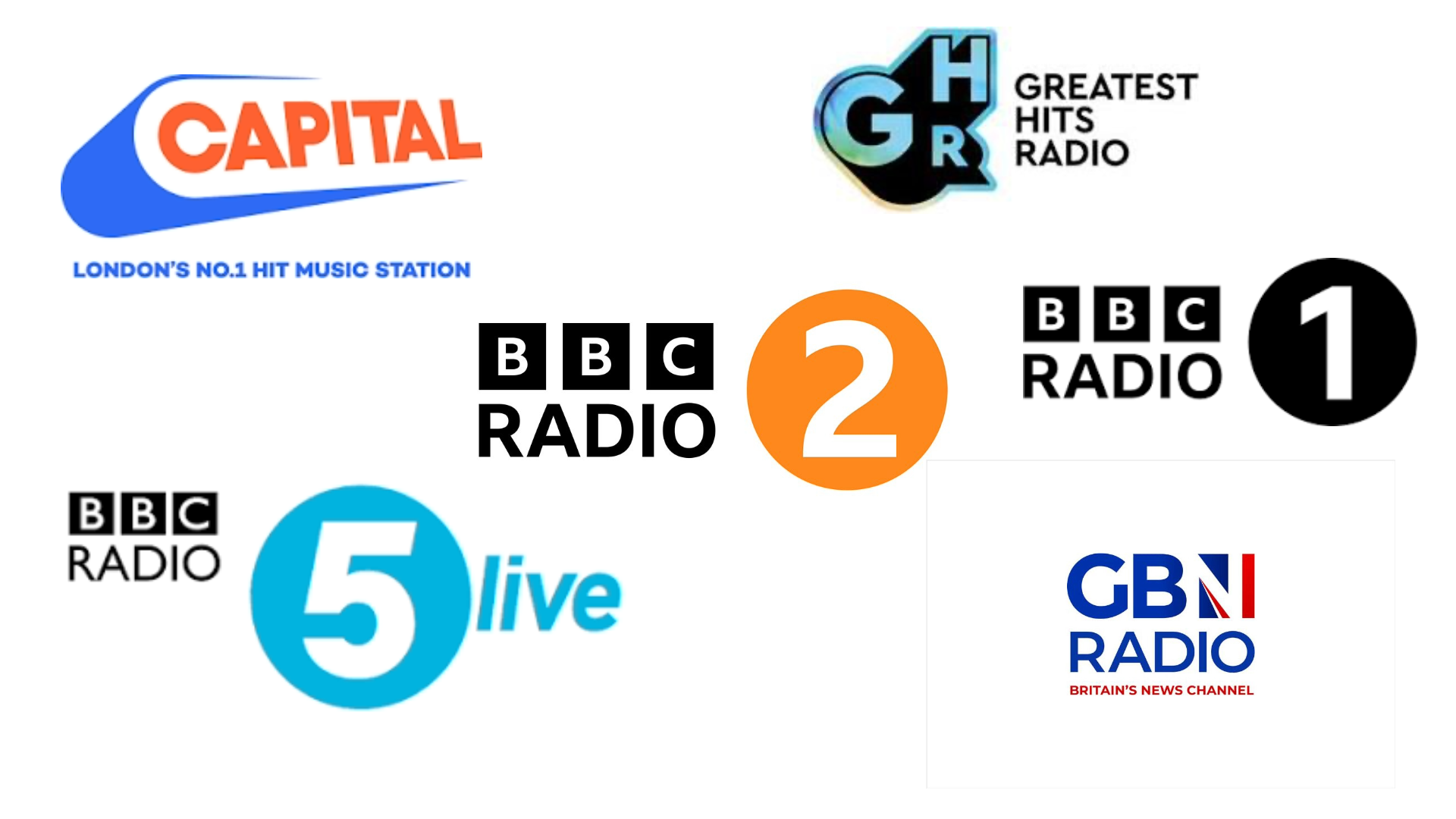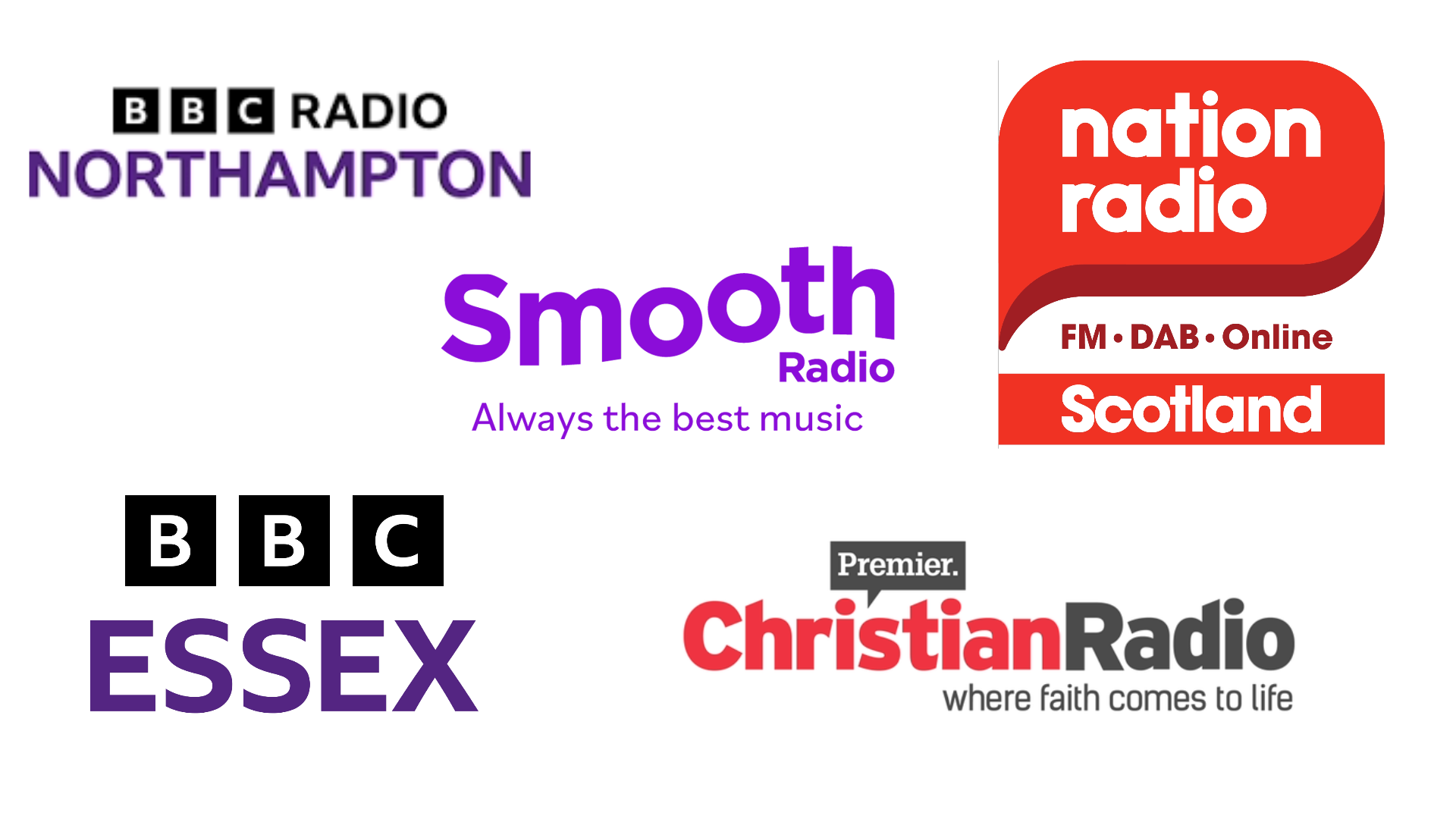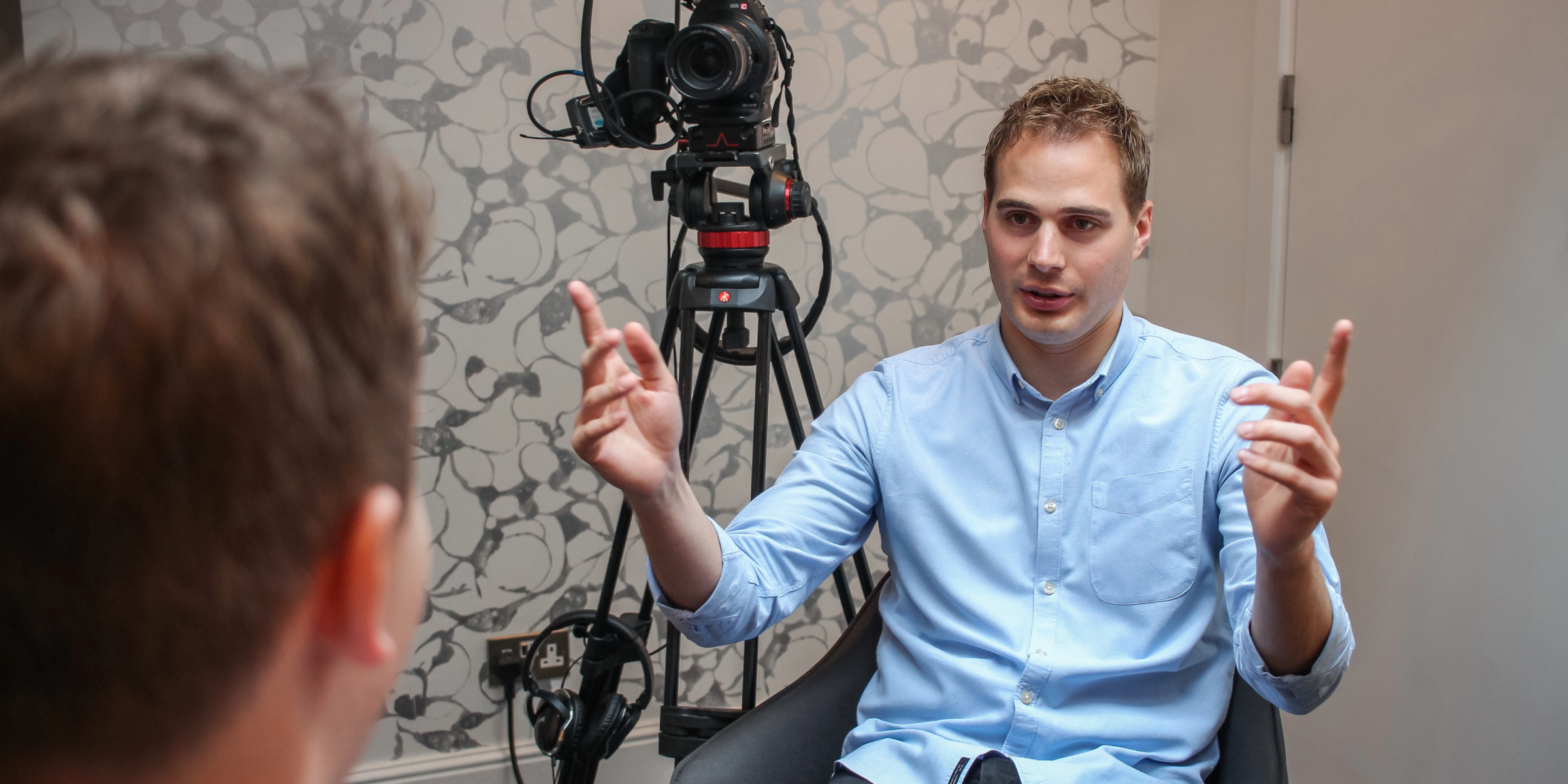Latest radio listening figures are out from RAJAR, for Q3 (July-September) and they reflect a robust industry, albeit with the usually expected ups and downs for individual stations. 49.5 million adults in the UK (so about 88% of us) tune into radio – and on average we tune into 20.5 hours of live radio each week. When it comes to planning a PR campaign RAJAR’s radio listening figures are an excellent tool.
How we’re listening
According to RAJAR, 70% of weekly listening hours are consumed digitally. It’s a trend that’s continuing to shift upwards.
- DAB (Digital Audio Broadcast) accounts for 42% of weekly listening hours.
- Online, meaning via a website or app or smart speaker, has 24% of listening hours.
- Digital TV (DTV) has taken 4% of listening hours.
The remaining 30% of listening hours are accessed via traditional AM or FM.

The latest RAJAR radio listening figures also state that around two thirds of us tune in at home, a quarter listen whilst in a vehicle, and about a sixth of us access radio at work or somewhere else. Radio has nearly always been something to have on in the background, we rarely give it 100% of our attention, which is important to remember when writing a radio PR story. You have to keep a radio story simple – less is more when it comes to statistics of complex key messages.
What we’re listening to
We’ve witnessed a lot of change in both commercial and BBC radio, so RAJAR radio listening figures are a good reflection of how audiences have taken these developments. RAJAR’s Q3 2023 figures reflect a trend, showing, in terms of audience share, commercial radio is ahead of the BBC again, at 54.1%.
Here we’ve picked out stations where we secure the most PR opportunities on:
National BBC Radio
Radio 2 has stayed steady, after losing a million last quarter, following the departure of Ken Bruce. Despite his leaving, Radio 2 remains the UK’s most listened to radio station. Zoe Ball’s breakfast show is down 212, 000 this quarter with 6.5 million listeners.
Radio 5 Live has added half a million listeners and now has a reach of 5.5M. And 5 Sports Extra increased by 845, 000 to 2.2 million.
Radio 1 has stayed roughly the same with 7.7 million listeners.
National commercial radio

Based on audience reach, Heart is the commercial station with the biggest reach, with 2 million listeners, closely followed by Capital with 1.8 million. To secure meaningful coverage on these stations you do need a celebrity or well-known name, otherwise the best you might get is a clip in a news bulletin.
It’s Greatest Hits Radio, however, that has seen the biggest increase in audience share, up a whopping 76.9%, now with 6.7 million weekly listeners. For the most part, GHR is networked for the majority of the day, apart from a three hour regional afternoon weekday show with local news and travel. Ken Bruce’s national programme has now grown to 3.7million and Simon Mayo has 2.5 million listeners. Stations that have seen significant growth include the Greatest Hits Radio network, which is made up of 61 stations and now has a reach of 6.7M.
GB News Radio is up 25% (now 398k) whilst rivals TalkRadio and Times Radio are both down 5% (to 690k and 498k).
BBC Local radio
BBC local radio is currently in a state of flux. Cutbacks and subsequent redundancies have resulted in stations been bandied together in regional groups and shows being networked over several outlets.
RAJAR’s radio listening figures show that across the regional network 17 of the corporation’s stations have seen an increase in listeners but 26 have experienced a downturn. The latter includes BBC Essex, down 18%, BBC Northampton, down 23% and BBC Norfolk, down 17%. Together the BBC regional radio network is down 5%, so a loss of a quarter of a million listeners.
Local commercial radio
In terms of size, the sector incorporates a wide range. On the larger size, Smooth London and Smooth North, are both back over a million listeners, helping the brand achieve over 6 million for the first time.
Stations on the up include Nation Radio Scotland, which has seen a 32.9% rise, and Premier Christian Radio which has almost doubled its audience to 101 k in London.
 What does this mean for broadcast PR?
What does this mean for broadcast PR?
As I wrote at the top of the blog, if it’s reach to every part of the country you’re interested in, then radio should be an integral part of any campaign. The latest RAJAR radio listening figures show that the industry is changing, and those changes are obviously reflected with stations gaining or losing listeners, but it’s pretty robust.
One of the best things about radio is how you can target different audiences. Each station needs to distinguish itself from all the other hundreds out there, and they have a pretty clear idea who their listeners are. That means you can use this information to tailor a PR campaign, targeting your own specific audience.
Radio is a trusted source. When something significant happens people turn to radio, not just because of the speed with which you can report news, but because they believe what they hear on-air. By default, other content heard on radio will be believed too.
There are outlets for every campaign, from serious campaigns to lighter stories. There’s no one-size-fits-all; spokespeople, story angles and treatment need to be adapted to suit the different stations. But once you’ve mastered the skill of producing for radio, the rewards are great.
Thinking about your next radio PR campaign?
We’d love to hear about any upcoming campaigns you’re working on. Give us a call on 020 7240 7373 or email hello@shoutcommunications.co.uk.

 What does this mean for broadcast PR?
What does this mean for broadcast PR? 

